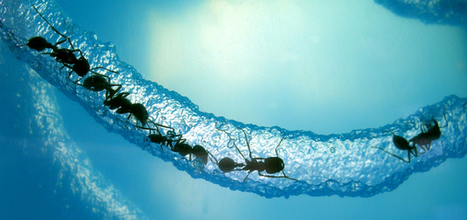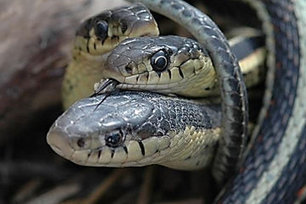"Centuries of research and billions of dollars of investment have effectively brought humanity under the dominance of ‘1’ and ‘0’. Concurrently, millennia of evolution have seen a different language develop in the natural world: one of singular value and purpose. While the language of digital communication — radio, television, internet, wireless — has defined ‘Hello’ as the cumbersome ‘01001000 01000101 01001100 01001100 01001111’, a the bio-chemical world will represent it by a single molecule."
Research and publish the best content.
Get Started for FREE
Sign up with Facebook Sign up with X
I don't have a Facebook or a X account
Already have an account: Login
 Your new post is loading... Your new post is loading...
 Your new post is loading... Your new post is loading...
|
|














